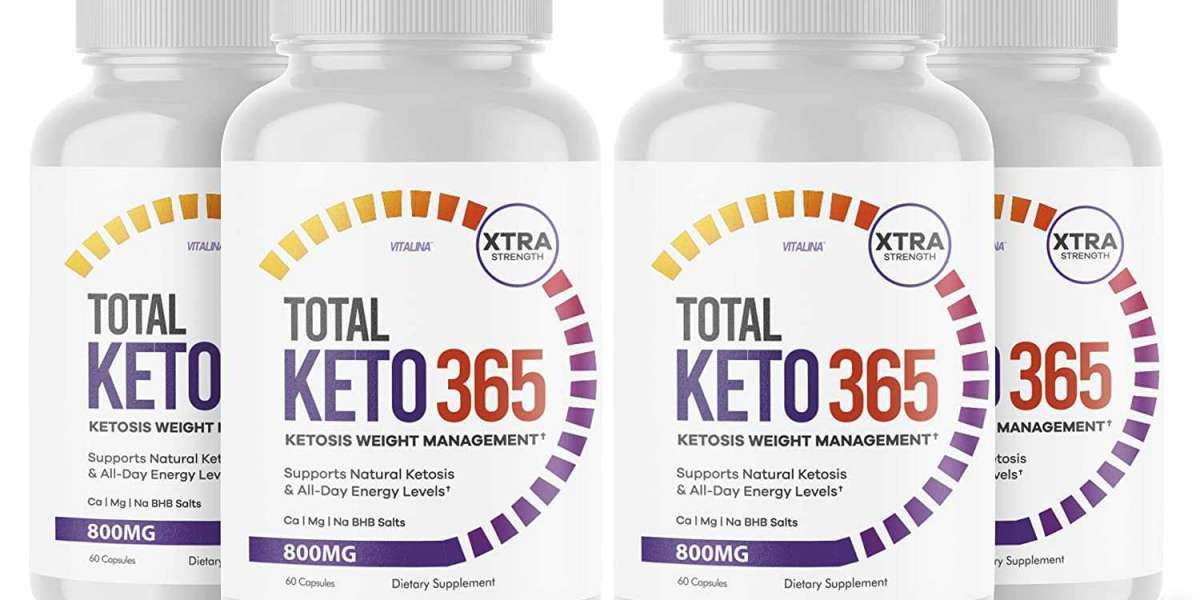Raising chickens is a rewarding endeavour, whether you're doing it for fresh eggs or meat. However, one of the most critical aspects of chicken care is ensuring your flock has consistent access to clean food. The type of chicken feeder you choose can make a significant difference in how efficiently and hygienically your birds are fed. With so many options available on the market, selecting the right one can feel overwhelming. This guide will walk you through the different types of chicken feeders, their benefits, and how to choose the perfect one for your flock.
Why Choosing the Right Chicken Feeder Matters
A chicken feeder isn't just a container for food; it's an essential part of maintaining your flock's health and well-being. The proper feeder will:
- Prevent food waste.
- Minimize the risk of contamination and diseases.
- Reduce the likelihood of pests (like rodents) getting into the feed.
- Help you save money on feed costs over time.
By choosing a suitable poultry feeder, you can ensure your chickens always have access to clean, fresh food while minimizing waste and contamination.
Key Factors to Consider When Choosing a Chicken Feeder
Before diving into the different types of chicken feeders, it's essential to understand the key factors to consider when making your selection. These factors will help you determine the best option for your specific flock size, environment, and feeding habits.
Flock Size
The size of your flock will significantly affect the size and type of feeder you need. A small backyard flock might only need a small, manual feeder, while larger flocks may require more durable, automatic options.
Feeder Capacity
Feeder capacity refers to how much feed the container can hold. A larger capacity feeder will require less frequent refills, which is particularly useful if you have a busy schedule or a larger flock. On the other hand, smaller flocks may do fine with smaller, more manageable feeders.
Durability and Materials
Consider the material of the chicken feeder. Plastic feeders are lightweight, affordable, and easy to clean but may not be as durable as metal feeders. Metal feeders tend to last longer and are more resistant to wear and tear, making them suitable for more extensive or free-range flocks.
Pest and Weather Resistance
Chickens aren't the only creatures attracted to feed; rodents, wild birds, and other pests can become a problem if your feeder isn't designed to prevent them. Look for feeders with features like anti-pest flaps or automatic closing mechanisms. Additionally, if your chickens are outdoors, you'll want to ensure the feeder is weather-resistant to keep the feed dry.
Ease of Cleaning
Feeders need to be cleaned regularly to prevent mould, bacteria, and pests from contaminating the feed. Choose a feeder that's easy to disassemble and clean, with smooth surfaces that won't harbour bacteria or dirt.
Types of Chicken Feeders
There are various types of chicken feeders, each with its own set of advantages and disadvantages. Understanding these options will help you choose the best feeder for your flock's specific needs.
Trough Feeders
Trough feeders are long, shallow containers that chickens can feed from along both sides. They're simple, easy to clean, and allow multiple chickens to eat at the same time. However, if not appropriately managed, they can lead to a lot of food waste, as chickens may scatter or step into the feed.
Pros:
- Simple design.
- Multiple chickens can feed simultaneously.
- Easy to clean.
Cons:
- Higher risk of food spillage.
- More exposure to pests.
Hanging Feeders
Hanging feeders are suspended off the ground, preventing chickens from walking through their food and reducing waste. They are adjustable in height and suitable for chickens of different ages and sizes. Hanging feeders also help keep pests at bay, as they are more challenging for rodents to access.
Pros:
- Reduces waste by keeping feed off the ground.
- It is easy to adjust the height as chickens grow.
- Suitable for a variety of flock sizes.
Cons:
- Requires a place to hang the feeder.
- Regular cleaning may be needed to prevent the build-up of debris.
Automatic Feeders
An automatic chicken feeder is designed to dispense a set amount of feed when activated by the chickens, usually when they step on a lever. These feeders are excellent for minimizing waste and preventing pests from accessing the feed, as they remain closed when not in use. They're accommodating for busy farmers who want to ensure their chickens are fed without constant monitoring.
Pros:
- Minimizes waste.
- Pest-resistant design.
- Convenient for busy schedules.
Cons:
- It can be expensive.
- Some chickens may take time to learn how to use them.
Gravity Feeders
Gravity feeders use a simple mechanism where feed flows down from a storage container into a trough as the chickens eat. These feeders are often large in capacity and reduce the frequency of refills. However, they're prone to waste if the chickens are able to scatter feed from the trough.
Pros:
- Large capacity, reducing the need for frequent refills.
- Simple, low-maintenance design.
Cons:
- This can lead to food waste if not managed.
- Less pest-proof than automatic feeders.
PVC Pipe Feeders
A more DIY approach, PVC pipe feeders are vertical tubes made of PVC pipe that dispense feed into a small trough at the bottom. This is a cost-effective, easy-to-clean option, and it's great for reducing food waste, as chickens can only access a small amount of feed at a time.
Pros:
- Inexpensive and easy to make.
- Reduces feed waste.
- Easy to clean.
Cons:
- Limited capacity.
- They are not as durable as commercial feeders.
Chicken Feeders and Waterers: A Perfect Combination
While choosing a suitable chicken feeder is essential, please pay attention to pairing it with an efficient waterer. Chickens need access to fresh, clean water at all times, and investing in a reliable waterer can help maintain your flock's health. Many brands offer combination chicken feeders and waterers, making it easier to provide both food and water in one system. Look for waterers with anti-spill features, such as nipples or cups, which minimize water contamination and waste.
Common Mistakes to Avoid When Using Chicken Feeders
Even with the best chicken feeder, mistakes can happen. Here are some common mistakes and how to avoid them:
- Overfilling the feeder: While it might seem convenient, overfilling the feeder can lead to spoilage and attract pests.
- Not cleaning regularly: A dirty feeder can lead to mould and bacteria, causing health problems for your chickens.
- Placing the feeder on the ground: This invites pests and makes it easier for chickens to scatter the feed, resulting in waste.
- Not securing the feeder: If your feeder isn't securely placed, it could be knocked over by chickens or pests.
Conclusion
Choosing a suitable chicken feeder is essential for ensuring your chickens stay healthy, well-fed, and happy. When making your selection, consider the size of your flock, the feeder's capacity, and its durability. Whether you opt for a simple hanging feeder or a more advanced automatic feeder, the key is to choose one that meets the specific needs of your flock. With a suitable feeder, you can minimize waste, reduce the risk of pests, and keep your chickens well-nourished.
Investing in a suitable poultry feeder today will save you time, effort, and money in the long run while ensuring your chickens thrive.








